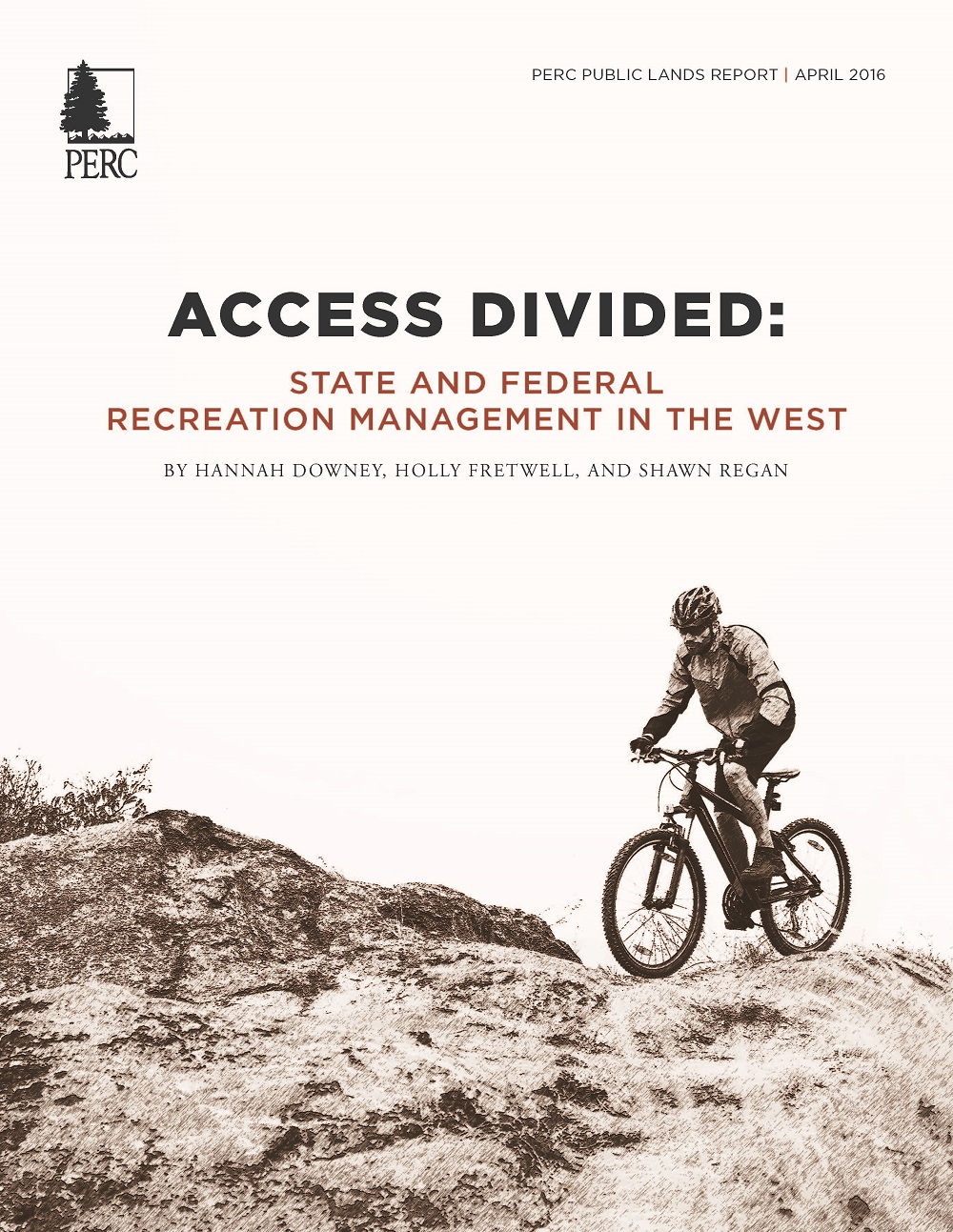 DOWNLOAD THE FULL REPORT
DOWNLOAD THE FULL REPORT
Outdoor recreation is a way of life in the western United States. As population increases and new forms of recreation emerge, the challenge of meeting increased demand for recreational access has become a critical issue throughout the West. And as states consider proposals to transfer some federal lands to state control, many are concerned about the possible effects on recreational access.
This report explores how federal and state land agencies manage recreation demands. It focuses on lands managed by the U.S. Forest Service, the Bureau of Land Management, state trust agencies, and state park agencies in the 11 westernmost states in the contiguous United States. It compares various types of public land recreation management and explores how different agencies resolve conflicts between competing land uses.
Key Points
- Federal and state land agencies both manage lands for recreation, but in different ways.
- A wide range of recreational opportunities are available on federal lands, but federal agencies often have no clear method of prioritizing competing uses.
- Federal land agencies often struggle to meet or even establish recreation management goals.
- Each state allows some form of recreation on state trust lands, often with user fees or recreational leasing.
- Each state varies in how it manages recreation on state trust lands.
- In some cases, state trust agencies lease lands for specific recreational purposes.
- State trust agencies have often found innovative ways to accommodate recreational demands while meeting their fiduciary responsibilities.
- In other cases, it has proven difficult to reconcile recreational values with the traditional state trust management model.
- Throughout the West, state parks are an effective provider of public recreation opportunities.
- State park agencies often generate more revenue from visitors than federal land agencies, providing park managers with incentives to provide the type of recreational experiences that visitors desire.
- Some state parks and federal agencies have adopted public-private partnerships to enhance recreation opportunities while keeping costs down.
The report does not attempt to answer which agencies provide the best recreational opportunities. Rather it compares various approaches to recreation taken by public land agencies across the West and explores the ability of these different agencies to resolve competing recreational demands.
CORRECTION: July 1, 2016
An earlier version of this report contained an error in Figure 2. The incorrect number of visitors per acre of state-park land was reported for four out of the eleven states in Figure 2 (New Mexico, Oregon, Utah, and Washington). The correct numbers are: New Mexico, 19.6 visits per acre; Oregon, 410.3 visits per acre; Utah, 23.5 visits per acre; and Washington, 289.2 visits per acre. This version has been updated with the correction. Note, however, that these changes do not affect the overall discussion and conclusions in this report. This corrected data show that state parks in the West receive an average of 48.1 visits per acre, while national parks in the West receive 5 visits per acre.






